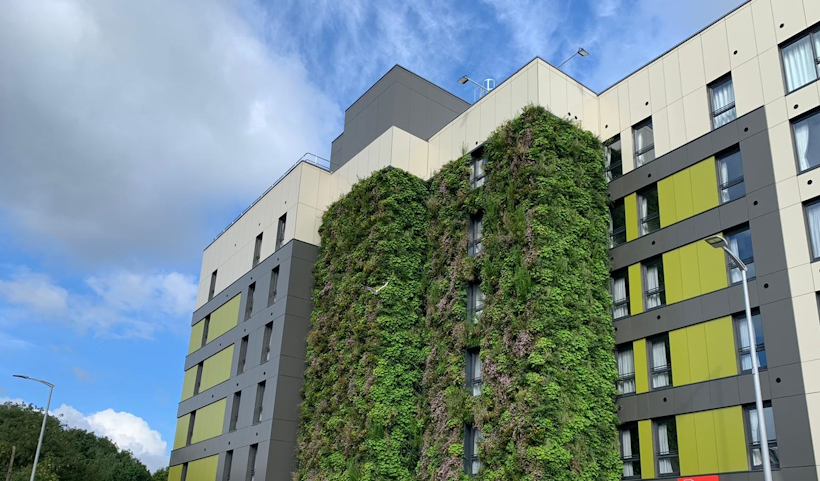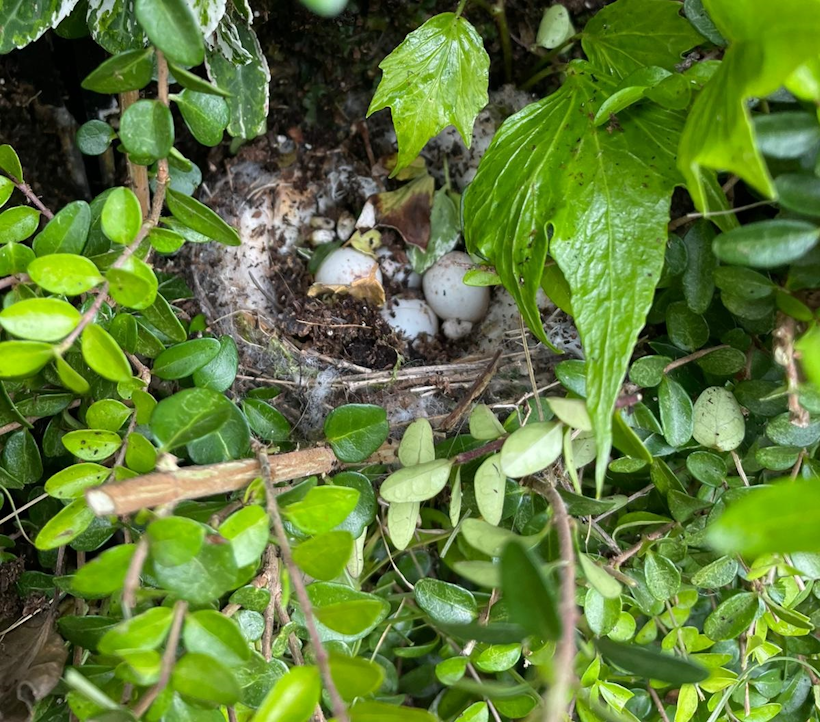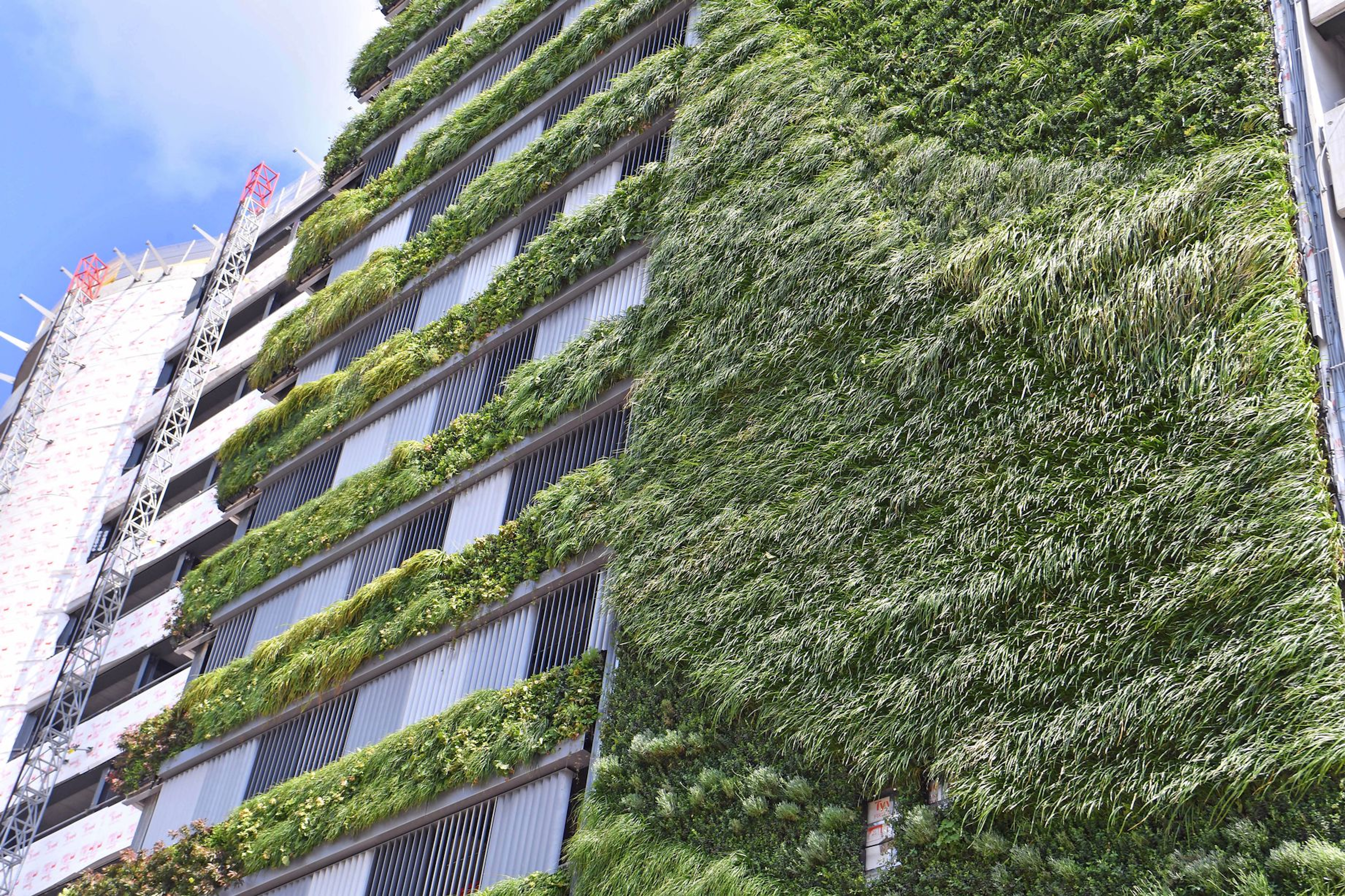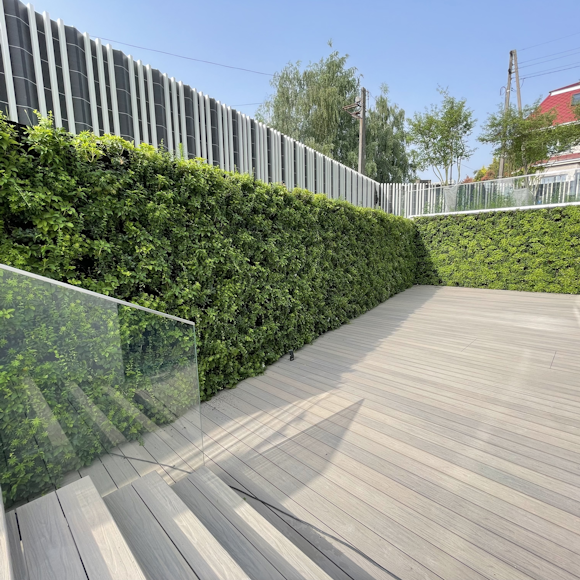The long-awaited Biodiversity Metric 3.0 was launched by Defra and Natural England on 7 July 2021. This involved some key changes, which have been gradually refined since the launch of Biodiversity Metric 2.0 back in 2018.
For many architects, developers, and landowners, understanding these changes are vital as the UK Government plan to approve the Environmental Bill before the end of 2021. This means that the delivery of biodiversity net gain through development planning will become mandatory in England.
But what exactly has changed? And what does the Biodiversity Metric now involve? Read on as we summaries the latest iteration concerning BNG.
Key changes to Metric 3.0
Metric 3.0 significantly updates and improves the previous version.
It now encourages users to create and enhance habitats where they are most needed, to help improve ecological networks through both rural and urban landscapes.
Many ecologists agree that the key changes should help deliver meaningful benefits to biodiversity, which include:
- Condition assessment approaches have since been reworked and simplified for Metric 3.0. This includes the removal of references to ragwort as a condition indicator for grassland and scrub habitats.
- A new GIS tool has been launched, which enables bulk data import to assist measuring and sharing spatial data
- Various habitat-specific changes such as the removal of certain habitats, as well as the approach to assessing woodland areas.
- Advanced creation/enhancements of new habitats. This new functionality allows the ‘time to target’ condition multiplier to be reduced to better reflect the advanced creation of habitats.
With the key differences covered, let’s take a look at the changes affecting the general metric.

General metric changes with version 3.0
1. Connectivity
The first general metric change comes with the connectivity tool. Responses during the consultation period highlighted that this wasn’t often used and that the approach was not suitable for all habitats. Therefore, connectivity has been removed from the Metric 3.0 calculations.
2. Accelerated succession
Further responses to Metric 2.0 suggested that the Accelerated Succession was complex to understand, not widely used, and failed to provide the solution for what it was set out to resolve. Because of this, it no longer remains in the latest Biodiversity Metric.
3. Delay creation/enhancement of habitats
An additional function has been added to allow for the delayed creation/enhancement of habitats and liner features. This was in response to feedback during the consultation period to recognise the temporal impacts of phased development.

Most significant change with Biodiversity Metric 3.0
Amongst the ‘key changes’ mentioned earlier, the advanced creation/enhancement of new habitats functionality is certainly worth exploring in further detail.
But what does this actually mean?
Essentially, before a building is constructed, a new habitat can be created in advance to increase the number of habitats units scored.
The number of habitat units scored using this functionality is calculated by many factors. From the size of the building in question, through to the type, and how long in advance the habitat is created or enhanced. For example, creating a low distinctiveness and good condition extensive green roof 0 years in advance will score 5.02 biodiversity units per ha delivered. Whereas, creating the same extensive roof 3 years in advance scores a greater 5.59 per ha delivered. That’s an 11% increase to your habitat units, simply by creating it sooner.
How Viritopia can assist with your BNG targets
At Viritopia, we specialise in providing living wall and green roof systems for those looking to offset developments and achieve Biodiversity Net Gain. Our systems offer the perfect opportunity to capitalise on the latest Biodiversity Metric updates, particularly with advanced creation/enhancement of new habitats.
The Viritopia living wall and green roof systems can be created years in advance, giving your project the habitat units needed for Biodiversity Net Gain.
For more information on how we can help, contact our team at Viritopia today. We’ll let you know how the installation of our green infrastructure systems can be used for your project’s long-term success.

